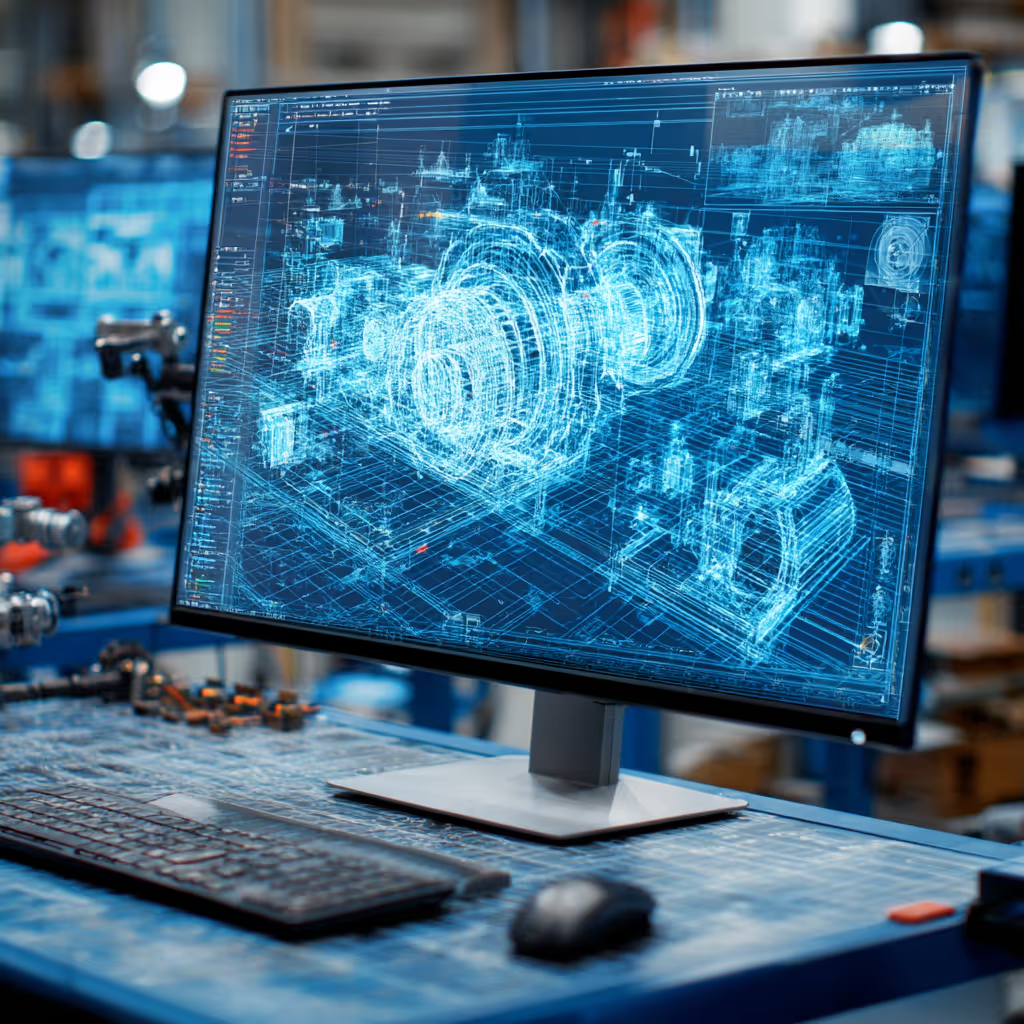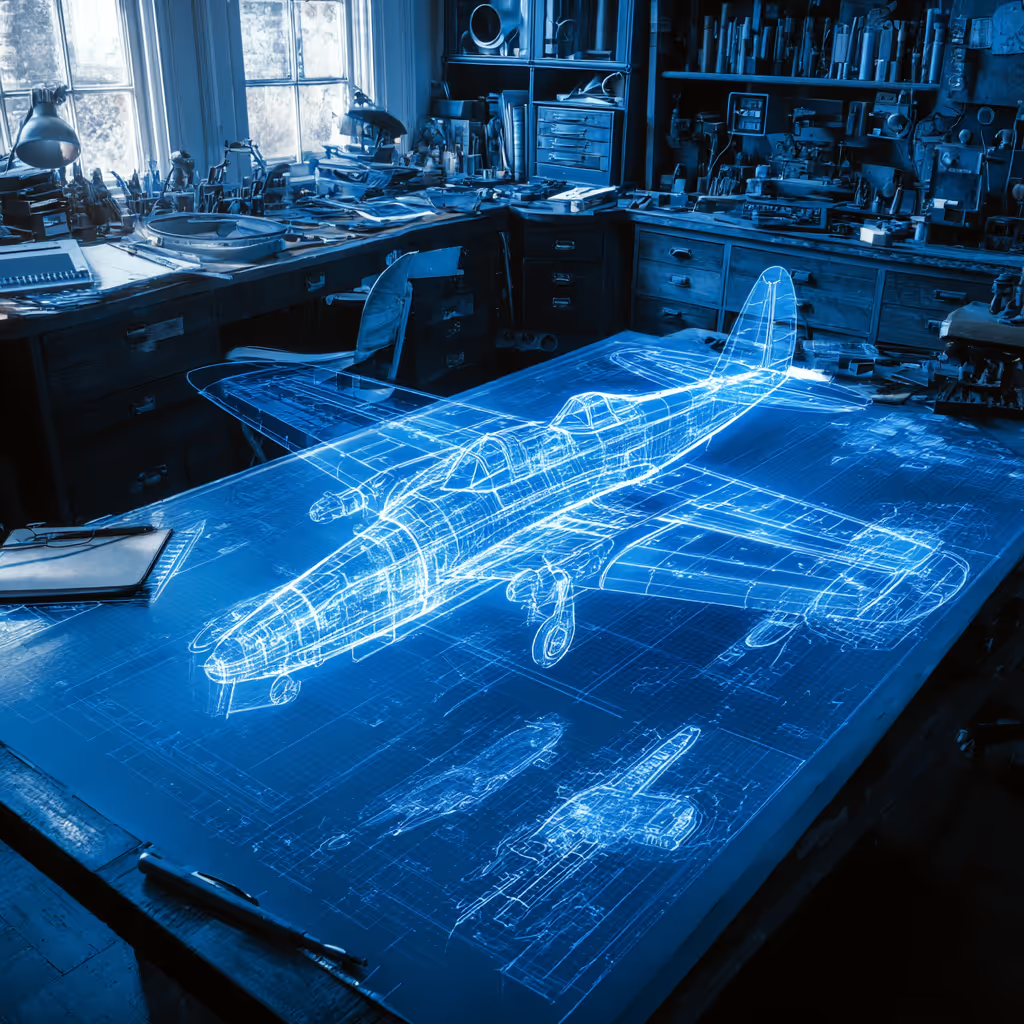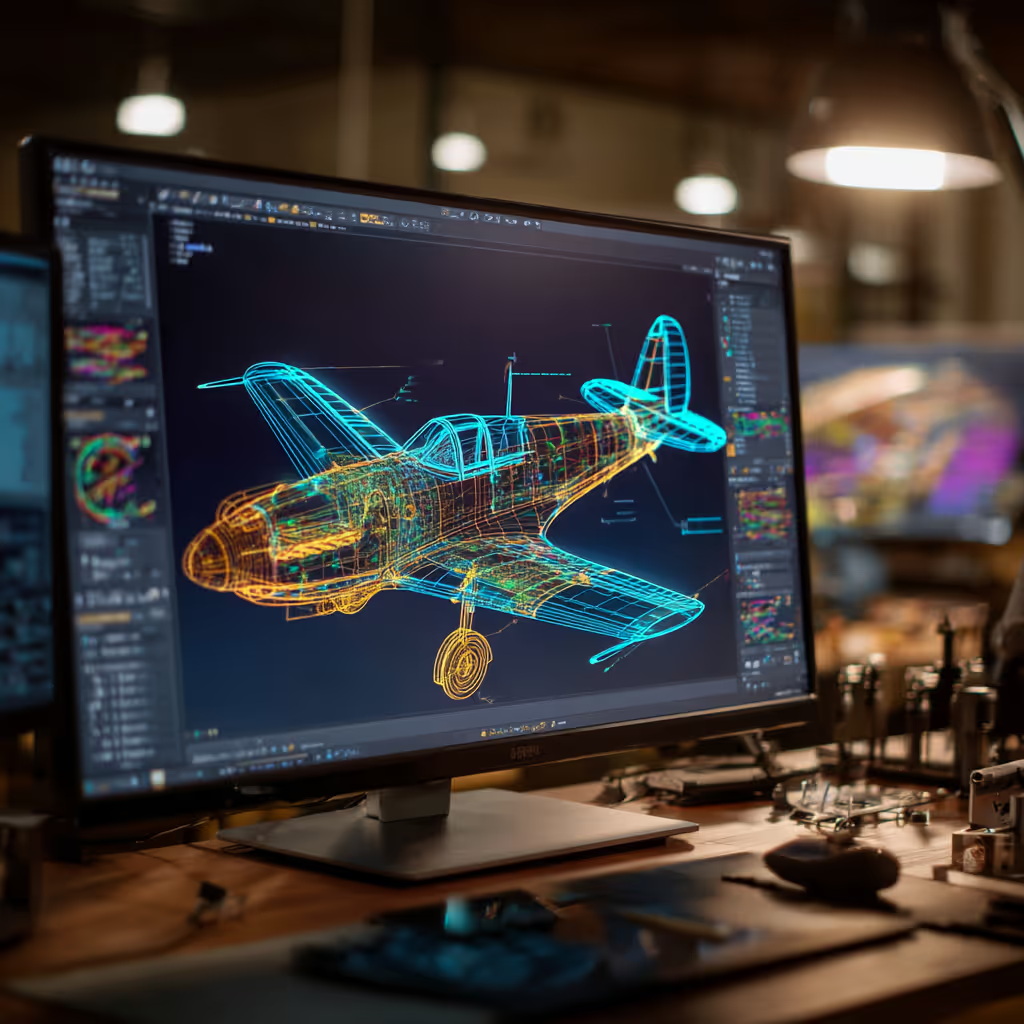How to Go from Mylar Engineering Drawings to CAD

We’ve worked with a lot of companies that had a room full of hand-drawn engineering drawings, done on Mylar. We know that it’s a nightmare to find the right drawing, storage is a pain, and there’s a huge risk of drawings getting damaged or lost. So, what are you supposed to do? For many, the answer is to convert from Mylar engineering drawings to CAD files.
In this guide, we’ll walk you through the process. You’ll learn how to go from Mylar engineering drawings to CAD files, and you’ll learn a great way to save time and money during the process by outsourcing.
What Is a Mylar Engineering Drawing?
Before getting too far, let’s talk about old-school engineering drawings. These were done on sheets of paper or Mylar, and they were done by hand. Most drawings involved a number of “plan views”, which are flat representations of parts. More sophisticated drawings would also have an isometric for reference.
These were done before CAD existed. Engineers would use drafting tables, rulers, and various pencils and pens to put together professional engineering drawings. These drawings would then be used by machine shops to make parts and fabricate assemblies.
What Is CAD?
Computer-Aided Drafting (CAD) has been around since the 70s, and it’s been increasingly popular since then. It’s a way to use your mouse and keyboard on a computer to create a 2D or 3D design. With CAD, you can create manufacturing drawings, realistic 3D models for presentations, and full assemblies of your warehouse — it’s arguably the most important tool in any engineer’s toolbelt.
Benefits of Swapping to CAD
A lot of our work at CAD/CAM Services revolves around converting from Mylar engineering drawings to CAD. But, why do so many people do this conversion? There are a number of benefits.
Future-Proof Your Drawings
With Mylar hand drawings, it’s so easy to misplace or damage the part. If this is the only existing record of your design, you want to keep it safe. Once you convert to CAD, your files are digitized and saved forever. You can host them on your server to keep your IP safe and protect your drawings from damage.

Create 3D Models
There is simply no way to make a 3D model with hand drawings, you need CAD. CAD allows you to create a scaled 3D model, rotate it around, insert it with other 3D models, and create digital twins of anything you’d like.
3D models can make fabrication easier for machinists, and they can help you spot problems before you get too far. Plus, you can do destructive test simulations before making any parts — a process that saves time and money.
Increase the Precision of Your Parts
With hand drawings, it’s hard to be very precise. You can try your hardest to make all of the lines to scale, but it’s impossible to be exact.
With CAD, you can specify the precise decimal, meaning you can control the precision. If you need a line to be 1.0003”, you can do that on CAD, but it’s nearly impossible to do with a hand drawing.
In short, CAD models are a lot more precise than existing hand-drawn parts. Why does that matter? It ensures that every part is correctly dimensioned and toleranced so the machine shop can make parts that actually work in your application.
How to Go from Mylar Engineering Drawings to CAD
The only way to reliably go from Mylar engineering drawings to CAD models is by re-drawing the part from scratch. You can streamline the process by going through a raster to vector conversion. To do this, you would make a 2D scan of the Mylar drawing, email the scan to yourself, then keep it on a second monitor while you draw the part from scratch in CAD.
This process can take a lot of time, and it’s tiresome. You could easily spend months trying to convert all of your hand drawings to CAD files. In the meantime, your business can’t progress or create new parts.

Save Time and Money by Outsourcing
To get the best results, we always suggest outsourcing this work. At CAD/CAM Services, we offer professional-grade conversions. Our goal is to deliver CAD Perfect files while saving you time and money on each conversion.
All you have to do is give us access to the Mylar drawings, and we’ll go from there. We can scan each drawing and go through the full CAD conversion without any input from you. This allows you to focus on business-critical processes.
Conclusion
As you just learned, going from Mylar engineering drawings to CAD files isn’t the easiest process. It involves a lot of experience, attention to detail, and patience. If you want to save time and money, you should outsource this work to CAD/CAM Services.
Our team has converted millions (yes, millions) of parts into 2D and 3D CAD over our decades in business. Allow us to handle your conversion as well. Get a free quote today.
Recent Posts


Tips for Picking the Perfect 3D CAD Viewer for Your Needs
This guide will teach you about 3D CAD viewers and outline considerations to make before picking the right one. We review 5 options and pick a clear winner.

In this guide, you’ll learn how CAD/CAM Services can save you time and money during each digitization project. Digitization can make manufacturing faster than ever before.

How to Build an Aircraft Model by Converting 3D-Scanned STL Files into Functional 3D STEP Files
This in-depth guide will teach engineers how to use 3D-scanned aircraft files and transform them into manufacturable 3D STEP files with fewer mistakes.
